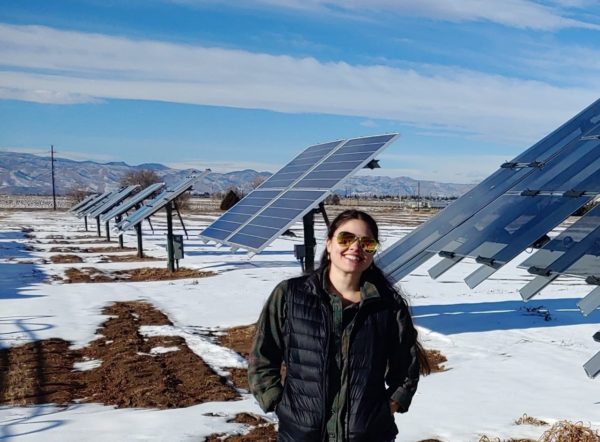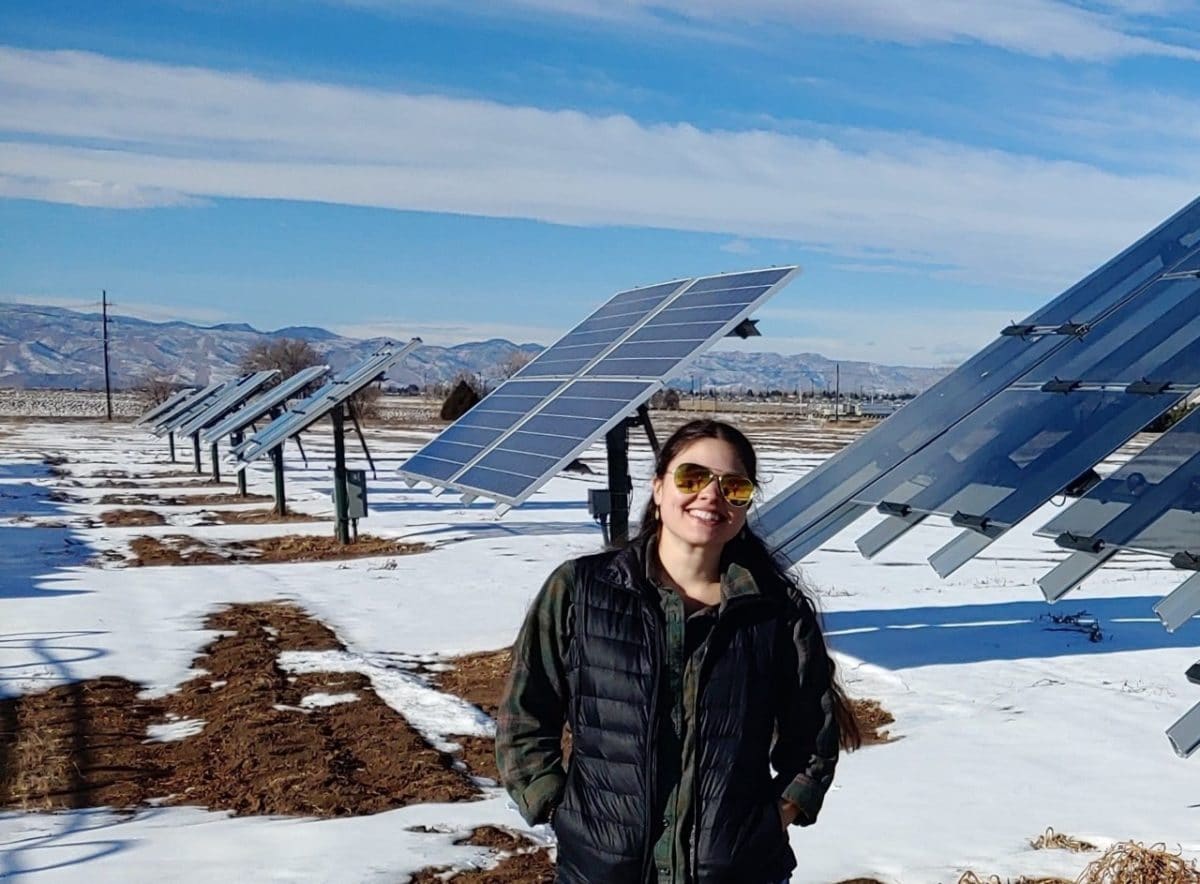Agrivoltaics are raising big expectations inside and outside the solar sector. The combination of solar power generation and grazing livestock or growing vegetable crops began to be considered a viable option to develop ground-mounted PV facilities on agricultural land over the past two years and is seen by many as a possible alternative to conventional solar parks. However, the business models and technologies that are currently being developed across several countries have not yet ensured the required viability for the deployment of huge volumes of solar capacity, which are strongly needed for the world's decarbonization and energy transition.
According to Alexis Pascaris, a researcher in environmental and energy policy at the Michigan Technological University (MTU), agrivoltaics are a very practical and advantageous alternative to large-scale solar, specifically in places where there are land-use constraints or needs for rural economic development. “Each system is going to be unique and reflect the context of the community in which it is built, which differentiates agrivoltaics from the conventional approach to large-scale development,” she stated in a conversation with pv magazine. “Agrivoltaics takes conventional solar one step further – it entails partnerships between key sectors and thoughtful, long-term planning about managing our key resources.”
Viable alternative
Agrivoltaics are reinvigorating the solar industry by providing a means to make tangible contributions to agriculturalists and host communities, all while increasing the world’s solar generating capacity, she added. “Where appropriate, agrivoltaics can certainly be a viable and meaningful alternative to large-scale solar.”

Image: Thomas Hickey, Colorado State University
Considering the right proportion between agricultural and energy business and whether agriculture should be preponderant, Pascaris said that a 50/50 balance between both enterprises should be pursued. “I am personally inclined towards prioritizing the agricultural component of the system,” she explained. “The idea here is not to advance solar development at the expense of farmland.” In her view, there are many other surfaces upon which solar panels can be placed, but there are also many valuable benefits of superpositioning them above crops and livestock, including water retention and protection from heat stress, to name a few. “The idea is to create a symbiotic relationship between the agricultural activity and the solar array, as both benefit from the co-location.”
What is agrivoltaics?
A clear definition of what agrivoltaics are is still missing, despite recent efforts to create guidelines, best practices and standards, and sometimes projects are described as pertaining to this new domain just because a couple of cows or sheep are grazing around the panels, or a few beehives are built close to the array. “The definition of agrivoltaics varies depending on who you ask,” Pascaris said. “Some use the term to be inclusive of all forms of co-location, while some are more particular about the distinctions between the different forms.”
Agrivoltaic systems intentionally strike a balance and harness synergies between agriculture and solar energy production and, in its truest sense, refers to the coexistence of crops or livestock with solar photovoltaics, she explains. “A robust agrivoltaic system wouldn’t just feature a couple of grazing cows or scattered plants, but would actively accommodate farming activity and be designed for maximum dual output of both electricity and agriculture.”
Popular content
Costs
Comparing the costs between agrivoltaics and the conventional utility-scale solar business, Pascaris said that both economic models and existent applications tend to show an increase in hardware costs for agrivoltaic systems in comparison to a conventional ground-mounted array.
“The difference in cost can typically be attributed to the raised racking system or additional fencing, in instances where those infrastructure modifications are necessary,” she emphasized. “But these upfront investments in specialized hardware are eventually recovered as the agrivoltaic system produces a dual-revenue stream.”
Social acceptance
The opportunities and barriers for agrivoltaics in the United States are described in the paper “Integrating solar energy with agriculture: Industry perspectives on the market, community, and socio-political dimensions of agrivoltaics,” recently published in Energy Research & Social Science and written by Pascaris and other researchers from the MTU and the US Department of Energy's Sandia National Laboratories.
“This study found that solar industry professionals perceive the potential for an agrivoltaic project to retain agricultural interests and consequently increase local support for development as the most significant opportunity of dual use solar,” the group of scientists point out. “This indicates that solar developers can play an active role in cultivating social acceptance of agrivoltaics through public engagement.”
According to their findings, solar developers and agricultural industry professionals are thinking about very different issues regarding the opportunities and barriers associated with agrivoltaics. “The different opportunities and barriers raised by these two different groups of actors highlight the potential for complex interactions in agrivoltaics decision making,” the paper notes. “If actors come to the table with divergence in their motivations, their concerns, and what they view as the opportunities and barriers, it may be more difficult for them to work together and ensure that each group has their needs and priorities addressed.”
This content is protected by copyright and may not be reused. If you want to cooperate with us and would like to reuse some of our content, please contact: editors@pv-magazine.com.



1 comment
By submitting this form you agree to pv magazine using your data for the purposes of publishing your comment.
Your personal data will only be disclosed or otherwise transmitted to third parties for the purposes of spam filtering or if this is necessary for technical maintenance of the website. Any other transfer to third parties will not take place unless this is justified on the basis of applicable data protection regulations or if pv magazine is legally obliged to do so.
You may revoke this consent at any time with effect for the future, in which case your personal data will be deleted immediately. Otherwise, your data will be deleted if pv magazine has processed your request or the purpose of data storage is fulfilled.
Further information on data privacy can be found in our Data Protection Policy.